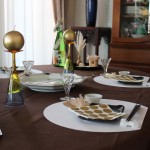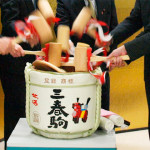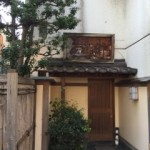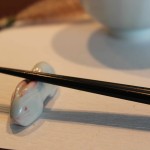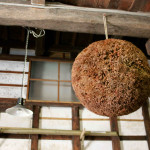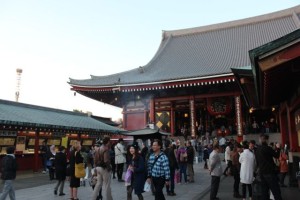
The basic actions you have to take in either shrine or temple are similar. First of all, keep in your mind that it is a holly place that you have to show resect. Then as follows.
Step1. Enter the site walking under the gate. Inside the site is regarded as holy.
Step2. Wash your hands and mouth at a place for ritual cleansing. Hold the ladle with your right hand and pour water on your left hand. Do the same with your left hand to clean your right hand. Then hold the ladle with right hand again to wash your mouth.
Only in Temples; After washing hands, you would find an incense burner. Wave your hands over the smoke to clean yourself with Read More



